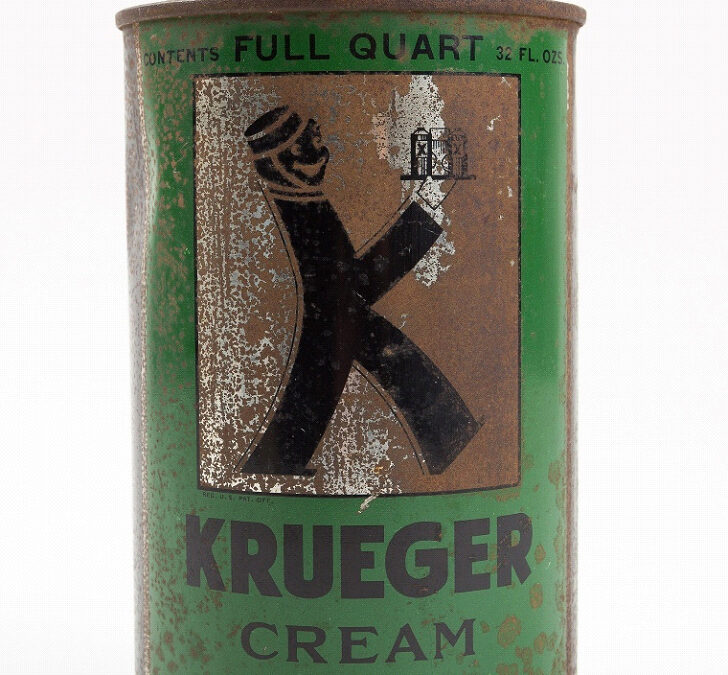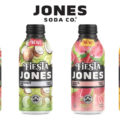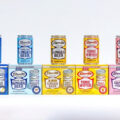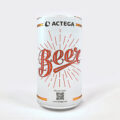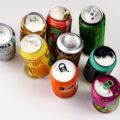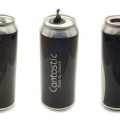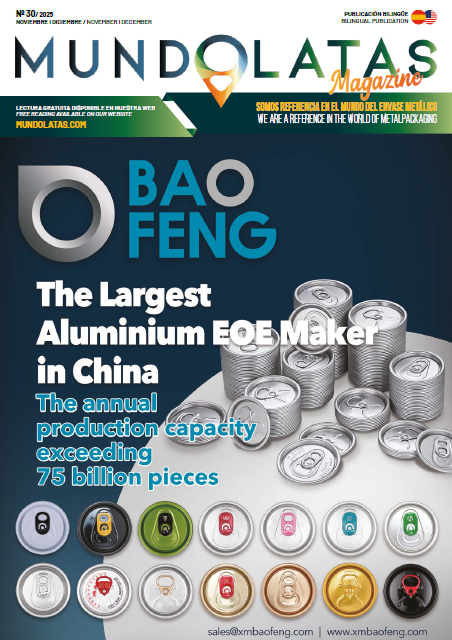The beverage can has celebrated its 90th anniversary, demonstrating a great adaptation over time to the needs of packagers and consumers with new shapes, sizes, printing and technological innovations.
The first attempts to package beer date back to the beginning of the 20th century. It was not until January 1935 that the first commercial beer can appeared, which generated interest in the development of such a light and transportable container, which also offered a large decoratable surface. For the brands, this was already a differentiating factor among their competitors. The first cans had a neck and crown cap closure. The advantages of the flat closure were soon realized. Therefore, the first flat-top beverage cans began to be opened with a special spout-shaped can opener that punched two more or less triangular holes.
Soon after, the domed bottom was adopted, which improved resistance to internal pressure. In 1939, a two-piece can called the “Crowntainer” was launched. This can, which remained in use until about 1950, is the predecessor of today’s cans.
The soft drink market began experimenting with cans around 1938. Only a decade later, some companies became interested in this packaging. It was in 1953 when cola soft drinks appeared in cans in the American market, thus initiating the appearance of soft drink cans. In Spain, the beverage can arrived in 1966, specifically when Cervezas Cruz Blanca launched a new brand: Skol international Lager, under assignment from the English firm IND. Coope Ltd.
If there is one thing that the beverage can has demonstrated throughout all this time, it is its ability to adapt to the consumer’s needs. In the 1970s, two-piece cans appeared, which were manufactured thanks to a process of deep-drawing a die-cut circle from a metal coil.
In 1997, lids began to be manufactured with a larger opening, which made it easier to pour the contents or consume the container directly. Other innovations that this container has undergone over the years include colored rings, laser printing techniques, thermosensitive inks that indicate when the ideal drinking temperature has been reached, or even pigments that respond with surprising images to certain types of lighting.
There are also cans of very different sizes and shapes or with embossed surfaces. But undoubtedly, in addition to the lightness achieved by the can, another of its great innovations from an environmental point of view is when, at the end of the 1980s, it was equipped with an opening device in which the ring is not separated from the container, making it possible to recover the empty can in its entirety.
Mercedes Gómez, director of the Beverage Can Association highlights the functionality and sustainability of the container, whose goal is to recycle up to 90% by 2030.

